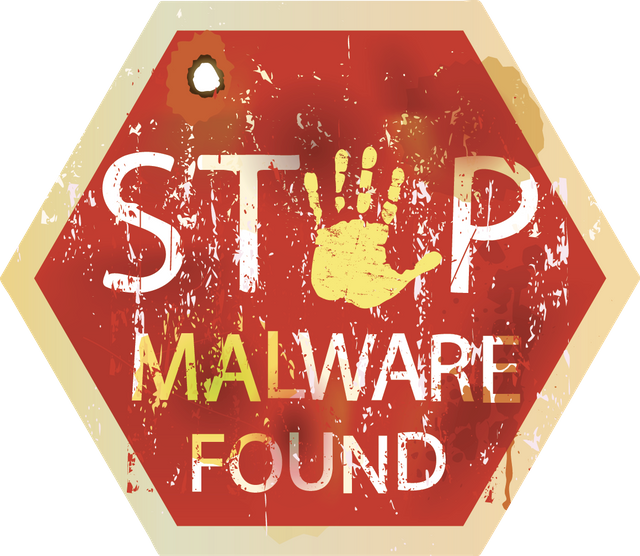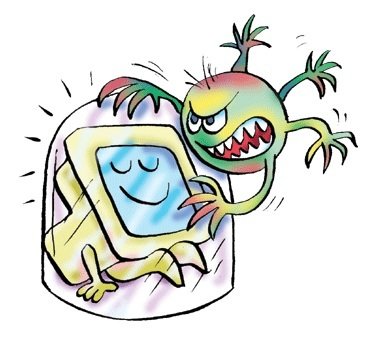Your Guide to Viruses, Trojans and Malware [Revamped]
Your Guide to Viruses, Trojans and Malware
First of all, let's distinguish between these three:
Malware - short for malicious software, is any software used to disrupt computer operations, gather sensitive information, gain access to private computer systems, or display unwanted advertising.
Trojan - in computing, Trojan horse, or Trojan, is any malicious computer program which is used to hack into a computer by misleading users of its true intent.
Virus - a type of malicious software program ("malware") that, when executed, replicates by reproducing itself (copying its own source code) or infecting other computer programs by modifying them.
Malware essential covers the other two, in case you were wondering. Now, on to the guide:
How to Avoid Them

For most people it is best to install some antivirus or internet security program which will automatically scan links for malicious items. Panda Security is a good option, and there are many others on the market.
Also, don't download any suspicious program or file! This is pretty much common sense. Even attachments on emails can be malicious files. Always scan emails first before opening them, and don't just download and open any program that you get. Do your research and make sure the program is safe and from the official source.
Stopping Them in Their Tracks

You can also install something like Comodo Firewall which offers a function called "HIPS". HIPS constantly monitors system activity and only allows executables and processes to run if they comply with the prevailing security rules that have been enforced by the user.
Sandboxie is another great option. Whenever you open a file or program, you can choose to run it in a sandbox. This means that the program cannot interact with any other files on your hard-drive - only its own. This prevents malware such as viruses and ransomware from affecting other files on your system.
Miscellaneous Advice

If your antivirus doesn't pick up the malware, even though you know its there, try installing another antivirus on your computer. If that still doesn't work, upload the file you think contains the virus to VirusTotal. Virus Total is a useful tool that scans the file with multiple antivirus programs and tells you which detect the malware. It is also a useful tool for scanning a file before downloading it. If your Windows PC refuses to work properly because there is malware installed (possibly because the malware is slowing down your computer), boot into Safe Mode. This will stop any downloaded software from running and thus stopping the malware. Then you can try removing it.
That's it. I hope this article helped you!
Very brief and to the point post that will should be helpful to anyone who has little knowledge of computers or malware.